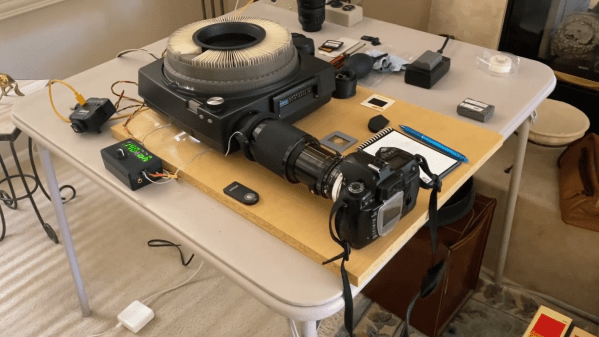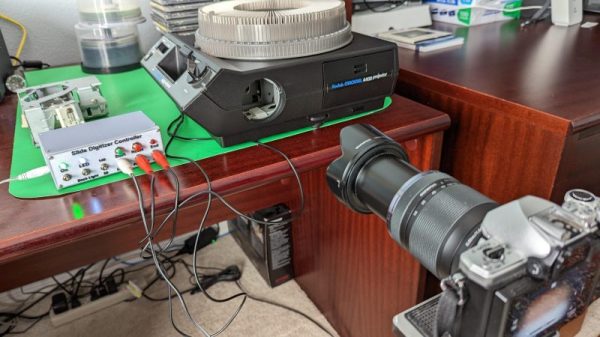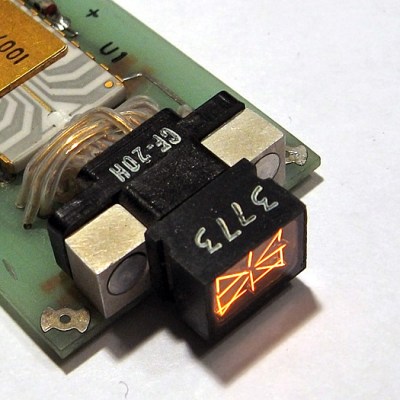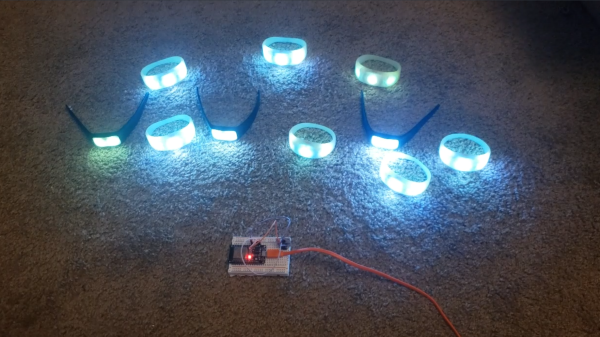Traveling by bicycle can be a fun and exciting mode of transportation, and can also save a ton of money compared to driving a car. There are plenty of places around the world where a bicycle is the primary mode of transportation for a significant percentage of the population, but there are many more places that are designed entirely for cars with little thought given to anyone else. For anyone riding a bike, especially for people living in these car-dominated areas, additional safety measures like this LED array are often necessary.
The light array was created by [Estudio Roble] for traveling around his city. The design is based on the Adafruit Circuit Playground Express, which sits directly in the middle of the light fixture. Surrounding it is a diamond-shaped strip of LEDs within an additional ring. The light uses a bright blue color for normal driving, but is programmed to turn red when the accelerometer in the dev board detects braking. There are also integrated turn signals which operate similarly to motorcycle turn signals. The signal is sent wirelessly between the handlebar switch to the lights.
The device itself clips onto any backpack, and since the controller is wireless there are no wires to connect every time a rider gets on their bike. It’s quite an improvement over the complete lack of lighting on most bikes. If you’ve read this far, you need to check out this bicycle headlight which uses a projector to display information directly in the path of travel.
Continue reading “Bicycle Gets Turn Signals And Brake Lights For Added Safety”



















